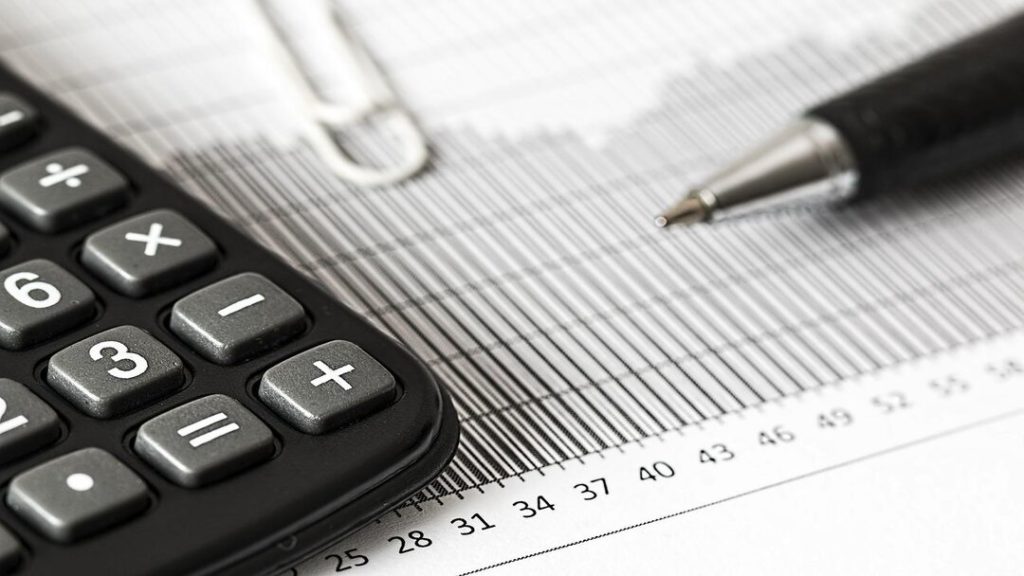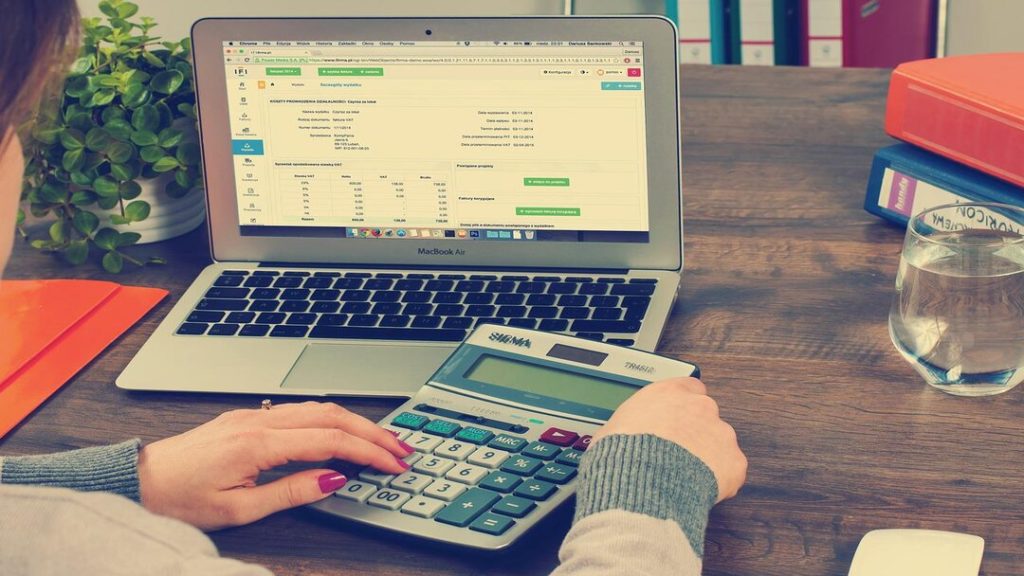Startup valuation provides insight into the company’s ability to meet investor and customer expectations so that it can find new capital to grow. A startup valuation may factor in assets, business models, total addressable market, and the company’s expertise. Valuing a startup is both a science and art. Whether starting with a simple idea or issuing stock options for your startup, you must understand the different startup valuation methods. Here are a few things to know about choosing the best startup valuation method.
Do you want to take advantage of high-quality tax software to get an R&D tax credit for your business? At TaxRobot, our automated R&D tax credit filing can help you save time, avoid future audits, and earn bigger refunds.
Table of Contents
Common Startup Valuation Methods
Calculating a startup’s value can be a little complicated. You will need a few documents, such as a balance sheet. Along with that, you should be prepared to assess the experience and skills of your team, including identifying weaknesses and strengths. Valuations will differ across industries, locations, and years. Let’s look at the various valuation methods.
The Berkus Method
The method was created by venture capitalist Dave Berkus. His Berkus Method is used to find valuation for pre-revenue startups, that is, businesses not selling products at scale. This method aims to assign a dollar amount to five key metrics (sound idea, prototype, quality management team, strategic relationships, and product sales or rollout) often found in early-stage startups. The formula helps investors and founders avoid any faulty valuations. The Berkus Method caps pre-revenue valuations at $2 million and any post-revenue to $2.5 million. However, it does not take into consideration any other market factors.
Comparable Transactions Method
This method is one of the most popular startup valuation techniques. It uses precedent to value the companies by answering, “how much money was paid for similar startups?” With any comparison method, you will need to factor in multipliers or ratios for anything that would be different between the businesses. For example, if a particular SaaS company uses proprietary technology, you may need to use that multiplier on the lower end of the scale.
Related: How Startups Benefit from the IRS Seed Stage
Scorecard Valuation Method
This method is another option for those pre-revenue businesses. Along with that, compare your startup to others that have been funded. First, you will want to find the average pre-money valuation of comparable startups. After that, consider how your particular business stacks up to the following qualities:
- Strength of the team: 0-30%
- Size of the opportunity: 0-25%
- Product or service: 0-15%
- Competitive environment: 0-10%
- Marketing, sales channels, and partnerships: 0-10%
- Need for additional investment: 0-5%
- Other: 0-5%
Once you have those figures, you will assign each quality a comparison percentage. Your startup will be on par at 100%, above average when greater than 100%, or below average at less than 100% compared to your competitors. You will want to do this for all of your startup qualities to find the total sum of the factors. Finally, multiply that sum by the average valuation in your sector to get your startup’s pre-revenue valuation.
Cost-To-Duplicate Approach
Another startup method is called the cost-to-duplicate approach. With this, you need to figure out how much it costs to recreate your startup at another location. You will need to add the fair market value of your physical assets, including patent research and development, and product prototype costs. One drawback of the method is that it doesn’t capture a startup company’s total value.

Risk Factor Summation Method
This method is a broader way to value your startup. You need to start with an initial valuation based on another method. This method increases or decreases the monetary value to multiples of $250,000 based on specific business risks. Lower-risk elements add $500,000 to your valuation, while higher-risk ones subtract $500,000.
The common risk categories are:
- Management
- Stage of the business
- Legislation/political risk
- Manufacturing risk
- Sales and marketing risk
- Funding/capital raising risk
- Competition risk
- Technology risk
- Litigation risk
- International risk
- Reputation risk
- Potential lucrative exit
Related: 5 Best Startup Funding Sources
Discounted Cash Flow Method
Startups can also be valued with the Discounted Cash Flow (DCF) Method. For this method, you may need the help of an investor or market analyst. You will need to take your forecasted future cash flows and apply a discounted rate, or the expected return on investment. Typically, a higher discount rate will mean a riskier investment opportunity. With this method, the investors can gauge whether the startup is already earning consistent revenue.
The First Chicago Method is similar to the DCF but is expanded on the methods. This valuation method will give you three different business valuations.

Venture Capital Method
As you may have guessed, many venture capital firms use this valuation method. It is an excellent option if you need a pre-revenue valuation. It also reflects the current mindset of investors who might want to exit the business within a few years.
You can use two valuation formulas for your startup:
- Anticipated Return on Investment = Terminal Value / Post-Money Valuation
- Post-Money Valuation = Terminal Value / Anticipated ROI
First, you need to calculate your startup’s terminal value. This term is also called the expected selling price after the venture capital firm has made its investment. After that, you need to determine the anticipated ROI and use those figures to find your post-money valuation. Finally, subtract the investment amount from the pre-money valuation.
Book Value Method
With this method, you can get an asset-based valuation for your startup. It looks similar to the cost-to-duplicate approach, but it is straightforward. Typically, a startup’s book value is the total assets minus any liability. The book value method equals the net worth of your business with valuation.
Related: Angel Investors: Role & Function in Startups
Bringing It Together
You need a valuation estimate to justify your worth to potential investors. You can create a long-term capital raising strategy and help find funding requests with a precise valuation. Remember that none of these startup valuation methods are 100% accurate. You might have to use multiple ways and combine techniques to find your startup’s fair value. These methods are an excellent way to learn your startup’s valuation.
Do you want to gain bigger tax refunds and leverage R&D tax credits for your business? At TaxRobot, we have a specialized system that may save you time and protect you from potential audits.

